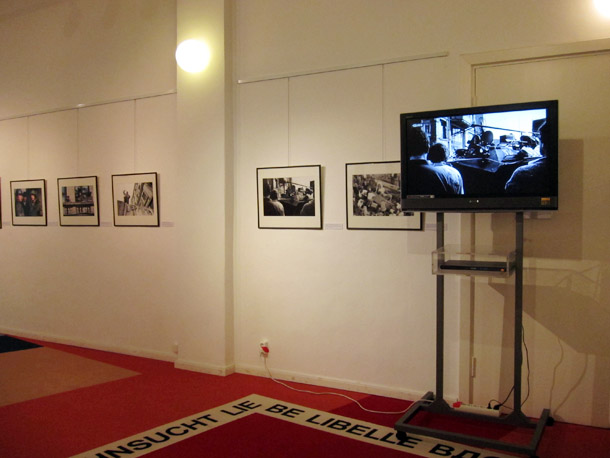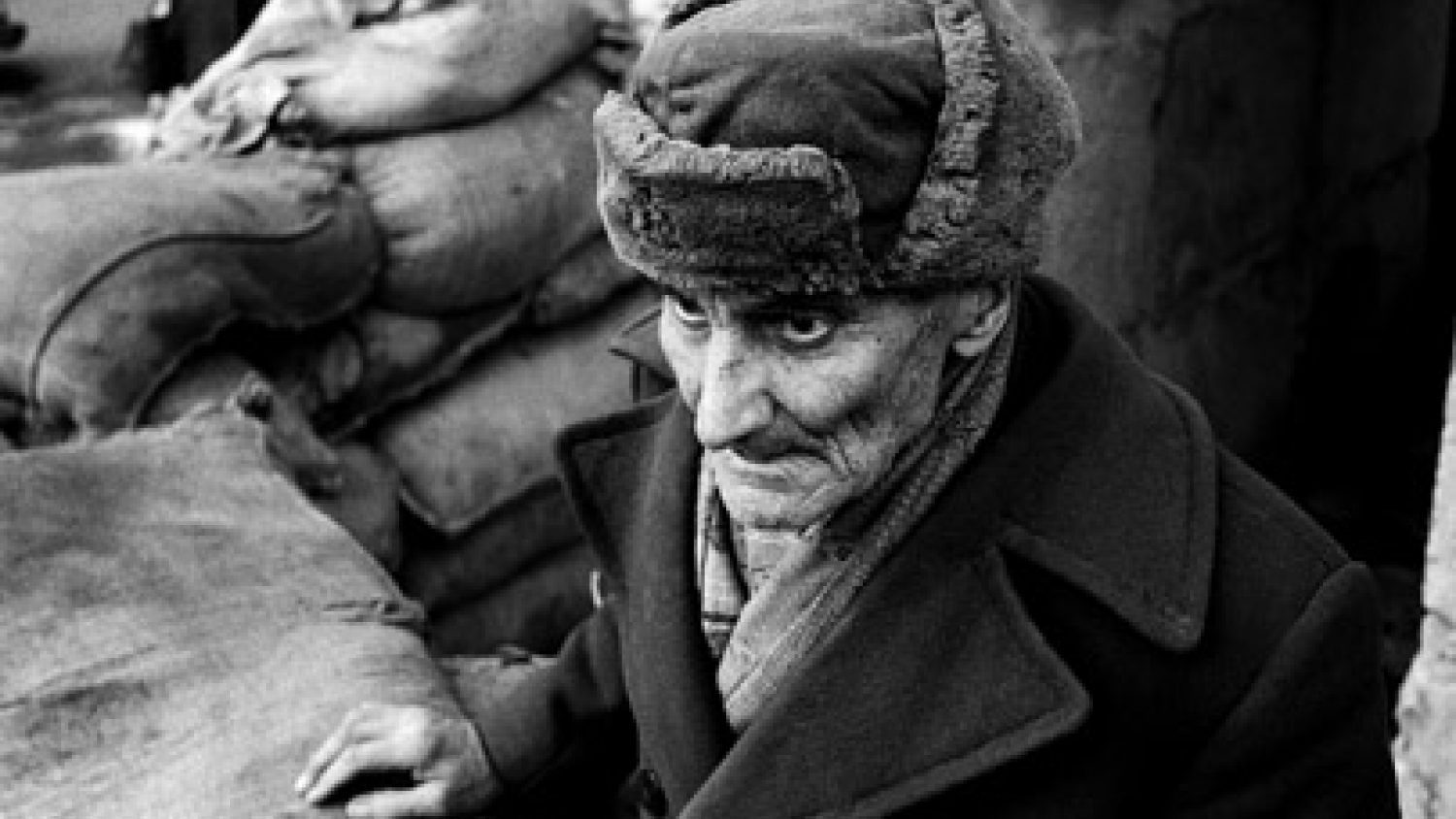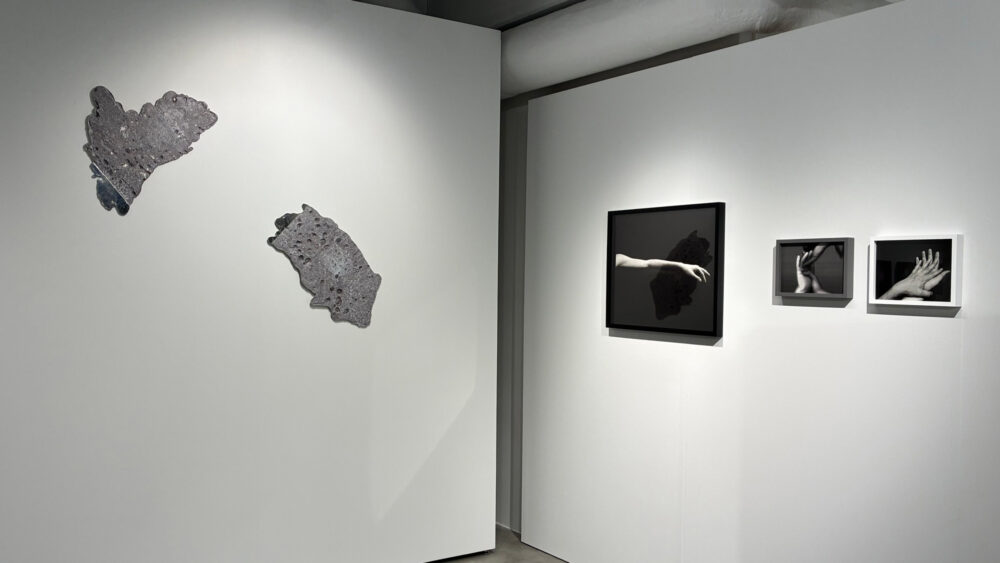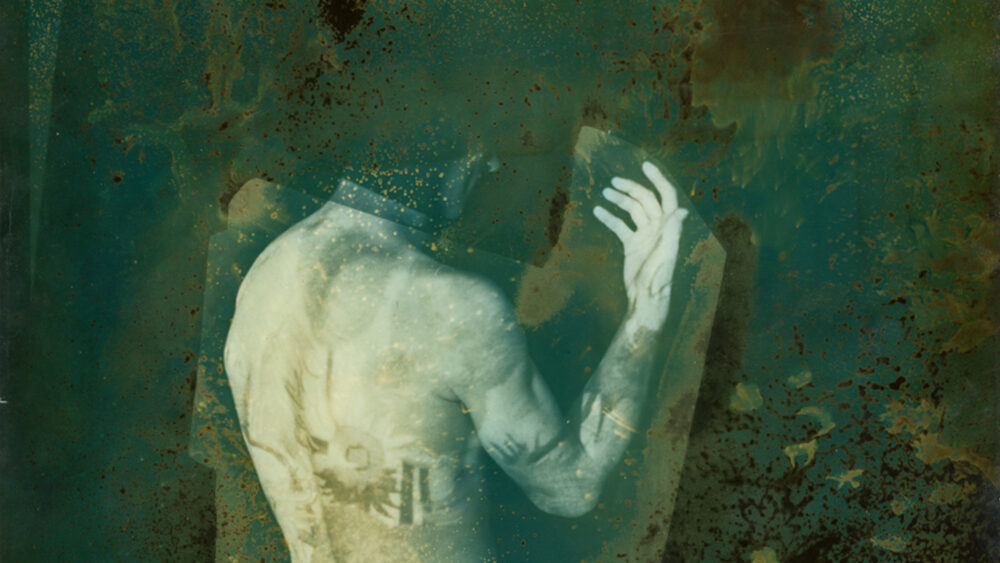Eisenstein and October, Fejér and August
The Goethe-Institute in Riga (till 11 October) and the Daugavpils University (from 18 October till 30 November) house the exhibition by German photographer Martin Fejér The End. A New Beginning about the events that took place in Riga during the August Putsch in 1991. The exhibition encourages reflection over the photography as document. August 1991 has been scarcely documented in Latvia. Only twenty years after the event, in 2011, it was introduced into the media and political agenda. Two decades is a good distance to start introducing a new narrative. Unfortunately, this exhibition has become a part of “improving” the history.
Fejér’s main problem is the lack of the visual context in photographs. These moments immortalised by a camera could have likewise happen at a different time and place. 27 successive images fail to provide any idea of what actually occurred, because mostly the photographer has used close-ups and medium shots. The images could have served as illustrations to a report published right after the historical events, when the spectator familiar with the general political context is seeking details and witness emotions. The exhibition lacks a rhetorical introduction – exordium, presenting the spatiotemporal dimension of the events. Fejér adds captions in order to compensate the deficiency. In this way he derogates the pictorial value of the images, acknowledging that they have no value without the verbal explanation.
The author’s verbal comments contain factual errors (a wrong date is indicated, a wrongly identified person). Keeping in mind the German accuracy such a negligence discredits the message even further revealing the documentary photography’s ability to lie. The blame for errors in the verbal document can be shifted on misprints, but in photography there should be no mistakes per se. Fejér’s vocabulary in the captions is rather biased, which is beyond any professional standards for reporting. Besides, the emotions expressed verbally have not been portrayed visually. A caption says: “The Soviet commandoes leave the demolished radio house in the Dome Square. The police protects them from the angry crowd”. The image shows neither the “crowd” nor its “anger”. On the contrary, my radio colleagues recall a funny and even well-minded atmosphere by singing a Latvian folk song “Off I go now” addressed to the commandoes leaving the radio. Being a radio journalist myself, I didn’t notice that my workspace was “demolished”, in either mine or other rooms there was no evidence of “vandalism”. Radio was able to resume broadcasting soon after the commandoes left the building exactly because the equipment was not “demolished”.

Photo and film cameras did not commemorate the October events in Russia in 1917. A shot from Sergei Eisenstein’s fiction film October depicting the artist’s version of a brave and massive attack of revolutionaries to the Winter Palace was turned into documentary evidence by the end of 1920s. It was published even in manuals of history as a testimony to the revolution. The contemporaries referred to this event as “October coup” while the faked images, easily made of it the “Great October Socialist Revolution”. Fejér has not documented the deserted streets of Riga in August. He shows something described verbally as “building of barricades” however another picture argues that lorries were not permitted to drive in the capital city.
The exhibition enables some controversial interpretations. Six images of total 27 show the dismantling of the Lenin monument and another set of six images is devoted to the radio studio. The author states that “the end” and “a new beginning” is just a simulacrum – meaningful actions take place around idols (monument) and words (radio). Acting is a prerogative of the political elite. Although there are some common people in the shots, the caption draws our attention to politician X “standing on the left side with a flag”. The common people are not referred to as the social actors, neither they have their names. Yet, a documentary photograph is a document, it is a testimony of something. There is only a couple of elite persons who are supposed to make the history. Fejér has not succeeded to capture the politicians acting, addressing with the citizens on the streets of Riga. Neither has he photographed the local artists who – like Rostropovich in Moscow – would have played cello to the defenders of the parliament. Although the photographer was working exactly on those locations were the political elite was present.



